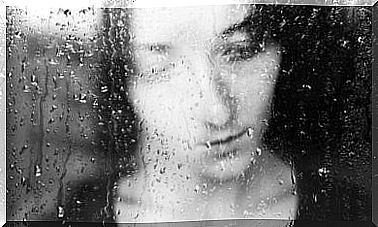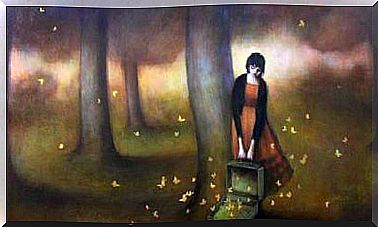5 Books For Practicing Mindfulness In The Classroom
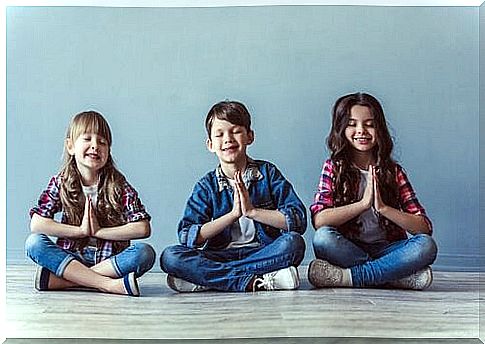
Mindfulness is not limited to adults, it can also be practiced in schools, with students in kindergarten, elementary and high school. Mindfulness practice in the classroom can be very beneficial for children and adolescents, so we want to dedicate this article to the topic.
Mindfulness has its origins in Buddhism. However, it spread to the rest of the world without the religious connotation derived from the Buddha figure. This, without a doubt, helped to make more people open to their practice, understanding that, behind it, there may be much more than a matter of faith.
What is mindfulness?
Mindfulness is awareness. Mindfulness is an awareness that develops by paying concrete, steady, deliberate attention and not judging the present moment. However, it should not be confused with meditation.
Mindfulness does not require such rigorous concentration as meditation. It can be applied to a multitude of activities in everyday life. However, both mindfulness and meditation have as their main component the concentration and mindfulness of the mind.
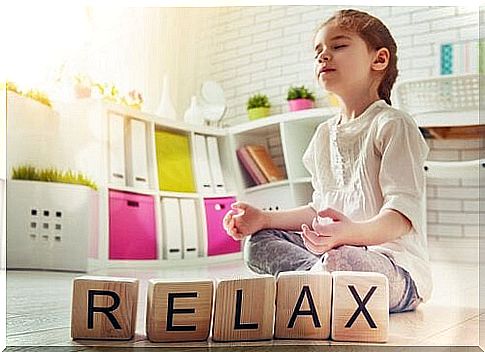
Why teach mindfulness in the classroom?
Mindfulness responds to the great need that exists to find some tranquility, both physical and mental, in this demanding time in which we live. Practicing mindfulness in the classroom can help children find that peace of mind.
Children live in a world full of automatisms, in a hurry, they are overstimulated and receive information constantly. Nobody teaches them to calm down, to be calm, to live in the present, to control their bodies and emotions.
Contrary to what it may seem, children have a great capacity to live in the present without thinking about yesterday or tomorrow. There are many authors who highlight the effectiveness of mindfulness in schools.
5 books for practicing mindfulness in the classroom
Below are a number of very useful books for practicing mindfulness in the classroom. As we have seen, the advantages of its practice are many. Let’s see which books we’re talking about.
Emotional well-being and mindfulness in education (free translation)
It is a theoretical and practical book. It offers a complete set of knowledge, methods, tools and options not only for implementing emotional wellness programs, but also for evaluating and adapting them to each specific circumstance.
This book is of great relevance to all those people interested in improving the education system. It is aimed at teachers, educational authorities, government authorities, parents and even the students themselves.
Publisher: Alianza Ensayo.
Authors: Javier García-Campayo, Marcelo Demarzo and Marta Modrego Alarcón.
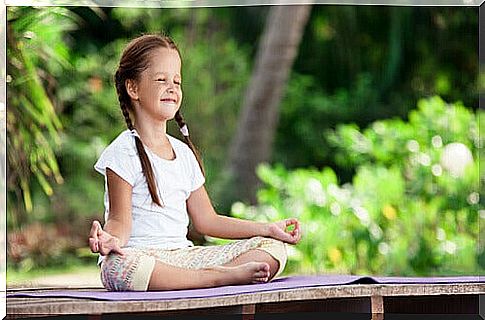
The Wizard of Thoughts (free translation)
A good book can be the perfect key to opening up a new world in children’s growth, providing them with accurate information as well as a great deal of fun. That’s what “O mago dosthoughts” , by writer Pepa Horno Goicoechea, offers us.
It is a book that can be suitable for any age. The author urges us to say that we must help our children from an early age to deal with their thoughts, their ideas and enjoy the silence, connecting with their inner voice and learning to deal with the magic of their soul.
Publisher: Fineo.
Author: Pepa Horno Goicoechea.
Mindfulness Education. Cultivating awareness and attention for teachers and students. (free translation)
A new paradigm for cultivating attention, compassion and well-being. Many faculty are looking for new ways to help their students pay more attention, learn better, and excel each day.
This book is full of instructional plans, exercises, and considerations for specific age groups. Also suitable for students with special needs. This workbook expresses the importance of mindfulness practices in the classroom.
Publisher: Gaia.
Author: Daniel J. Rechtschaffe.
A peaceful forest. Mindfulness for children. (free translation)
Hand in hand with Mindfulness fairy, and in a very simple way, boys and girls from age 4 and up can begin to understand what mindfulness is and how to introduce it into their lives. The tale tells how a fairy explains to the animals in a forest the best way to deal with their emotions and be happy in a very fast and stimulating world.
Your exercises, advice and hobbies will help us guide our little ones along the path of mindfulness in every moment. This objective is achieved in a very easy and pleasant way, playing with them.
Publisher: Gaia.
Author: Ediciones Librería Argentina (ELA).
Mindfulness for kids (free translation)
Mindfulness for Children is a book designed so that both parents and children can approach meditation and put it into practice in their daily lives. Through very simple exercises and daily practice, we learn to connect with our breath and our body, practice mindfulness and stay away from our thoughts and emotions.
So, with a clear mind and an open heart, we improve our capacity for empathy and compassion. We also improve our concentration. We can see things more clearly and make better choices to live a more authentic life.
Publisher: Zenith.
Author: Paloma Sainz Martínez Vara de Rey.
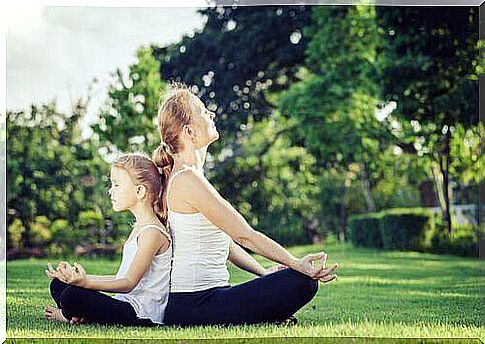
These five books are practical and powerful tools for practicing mindfulness in the classroom. We recommend reading it and practicing it with children. They have a lot to gain.





